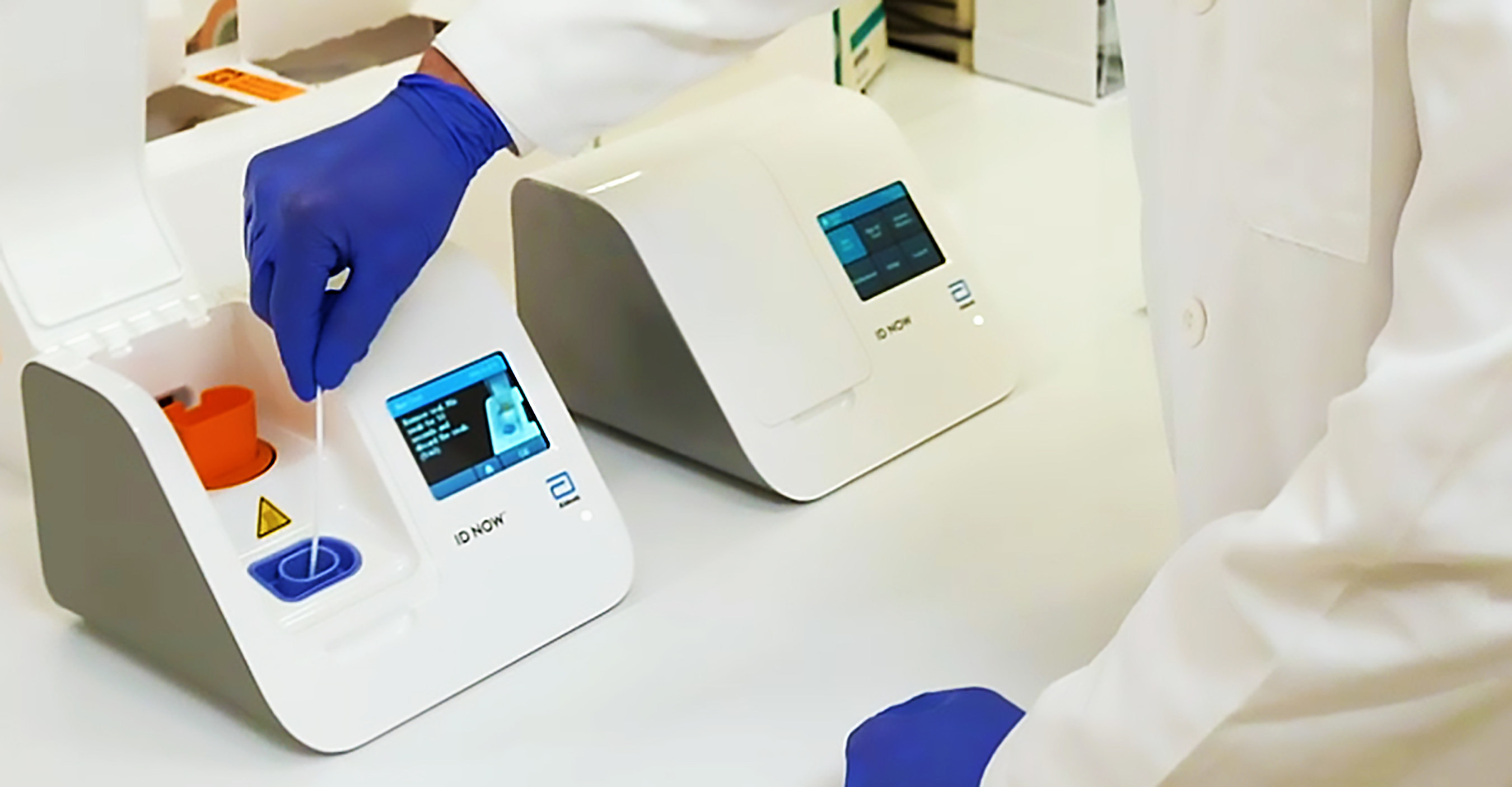Rapid Influenza A/B Antigen Testing in Veterinary Surveillance
Point-of-care (POC) influenza testing has become increasingly important in veterinary settings, particularly for rapid surveillance and management of influenza outbreaks. This service focuses on the use of antigen-based diagnostic tests to detect Influenza A and B viruses at the point of care. The primary goal is to provide timely results that allow for effective intervention measures, such as isolation protocols, treatment initiation, or quarantine procedures.
The rapid nature of these tests makes them invaluable in environments where quick decision-making is critical, such as veterinary clinics, research facilities, and large-scale animal farms. These tests are especially useful during flu seasons when the virus can spread rapidly among animals, potentially leading to significant health issues if not addressed promptly.
Antigen testing for influenza A and B involves collecting respiratory specimens from affected animals (e.g., nasal swabs or throat washes) and using a lateral flow immunoassay. The test detects specific viral antigens that are characteristic of Influenza A and B, allowing for the identification of infected individuals within minutes rather than days.
For accurate results, specimen collection must be performed correctly to ensure viable viral particles are present. This includes proper swabbing techniques and prompt transport to the testing site. The test apparatus used is designed to handle these samples efficiently, providing clear and reliable results even under field conditions.
The acceptance criteria for positive tests include a specific cut-off line on the lateral flow device that indicates the presence of viral antigens. This threshold ensures consistent and reproducible results across different batches of tests and laboratories. Positive results can then be used to initiate appropriate control measures, such as vaccination campaigns or enhanced hygiene protocols.
It's important to note that while antigen testing is rapid and convenient, it may not detect all subtypes within the Influenza A and B families. Therefore, for comprehensive surveillance, laboratories often follow up with molecular tests like PCR (polymerase chain reaction) which can identify more specific strains.
The advantages of this approach in veterinary settings include early detection, reduced downtime, and lower costs compared to traditional laboratory methods. However, it's crucial that the testing personnel are trained properly on specimen collection and interpretation of results to maximize the benefits of these tests.
Applied Standards
| Standard | Description |
|---|---|
| ISO/IEC 17025:2017 | International standard for the competence of testing and calibration laboratories. |
| AAMI T59 | Standard method for performance evaluation of point-of-care influenza diagnostic tests. |
Eurolab Advantages
We offer comprehensive services tailored to the unique needs of the veterinary sector, including rapid antigen testing for Influenza A and B. Our laboratories are certified according to ISO/IEC 17025:2017, ensuring that our results meet the highest standards of accuracy and reliability.
Our experienced team specializes in point-of-care diagnostics, providing quick turnaround times for test results even in remote locations. We use AAMI T59-compliant devices to ensure consistent performance across all tests performed.
We also offer training programs for veterinary professionals on proper specimen collection techniques and interpreting antigen test results. This ensures that our clients can confidently implement these rapid testing protocols within their own facilities, enhancing overall preparedness against influenza outbreaks.
Quality and Reliability Assurance
- Regular calibration of all point-of-care devices to maintain accuracy.
- Dedicated quality control measures for specimen handling, from collection through testing.
- Ongoing staff training on the latest techniques and best practices in rapid diagnostic testing.
- Participation in proficiency testing programs to validate our results against industry standards.





